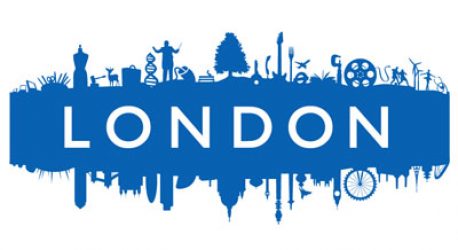London as inspiration - famous Londoners
Many famous London residents have made their mark, using London as inspiration for their writing, paintings and other works of art or as the backdrop to their discoveries and inventions. Here are just a few.
The artist William Hogarth’s many paintings and etchings have fixed in our minds a view of 18th century London, warts and all! His domain was Smithfield, Covent Garden and Leicester Square from which he painted many of his famous scenes. You can visit his former home Hogarths’ House in the “country” (now Chiswick!)
Charles Dickens used the less savoury aspects of London life as the basis for his novels. You can visit the house where he lived in Doughty Street once he’d started to make his fortune.
See portraits of many famous Londoners (and others) at the National Portrait Gallery, just around the corner from the National Gallery where you can find the “hard evidence”of the way London inspired painters like Monet with his “Thames Below Westminster”.
Samuel Pepys documented much of London Life in the 17th century – his diaries are still selling today. The Museum of London celebrates his life in a special exhibition, you can see some of his diaries at the Public Record Office and there’s a tiny exhibition in Pepys’ Chambers at 17 Fleet Street.
Visitors to 221b Baker Street don’t need too many detective powers to find the museum dedicated to famous london detective Sherlock Holmes.
As you walk around London look out for the Blue Plaques on buildings which show where famous people once lived. There’s even an exhibition at Wellington Arch about the history of the Blue Plaque scheme.
Shakespeare wasn’t really a Londoner but he made it his home and created the Globe – see the historically accurate recreation of his creation at Bankside.
Near to the Globe is the unmistakeable converted power station which now houses the Tate Modern, where you’ll find contemporary art often inspired by London. Cross the river for Tate Britain to see 600 years of British art, with many different views of London.
Dick Whittington was a real historical figure. He was a mercer supplying luxury fabrics to the royal court; he also lent money to the King, and was Mayor of London four times between 1397 and 1420. You can find out more about him at the Museum of London.
The Women’s Social and Political Union, led by Emmeline Pankhurst, campaigned for women’s right to vote. The newly opened Women’s Library has a rich collection of ephemera from the Suffragette Movement.
The Metropolitan Police, London’s first police force, was created by Home Secretary Sir Robert Peel (hence the name Peelers and, eventually, Bobbies) in 1829 with headquarters in what would become known as Scotland Yard.
Annie Besant was a prominent Fabian Socialist and well known campaigner. She was friends with George Bernard Shaw and had long been an advocate of birth control. She is best known for supporting the first successful industrial strike by the ‘match girls’ at the Bryant and May factory. The controversial statue of William Gladstone for which the girls had to pay, is in Bow, East London.
Sir Christopher Wren designed many churches but is best known for St. Paul’s cathedral. His “pupil” Nicholas Hawksmoor designed the West towers of Westminster Abbey and 6 London churches, in East London, Greenwich, near the Bank of England and the British Museum.
Pearly Kings and Queens, so called because they wear clothes studded with countless pearl buttons, were originally the ‘aristocracy’ of the costermongers and elected to safeguard their rights from competitors and rogues. They now undertake many charitable functions and can be seen at the annual Harvest Festival at St. Martin’s in the Field
Who is your favourite famous Londoner? Write & tell us why!
